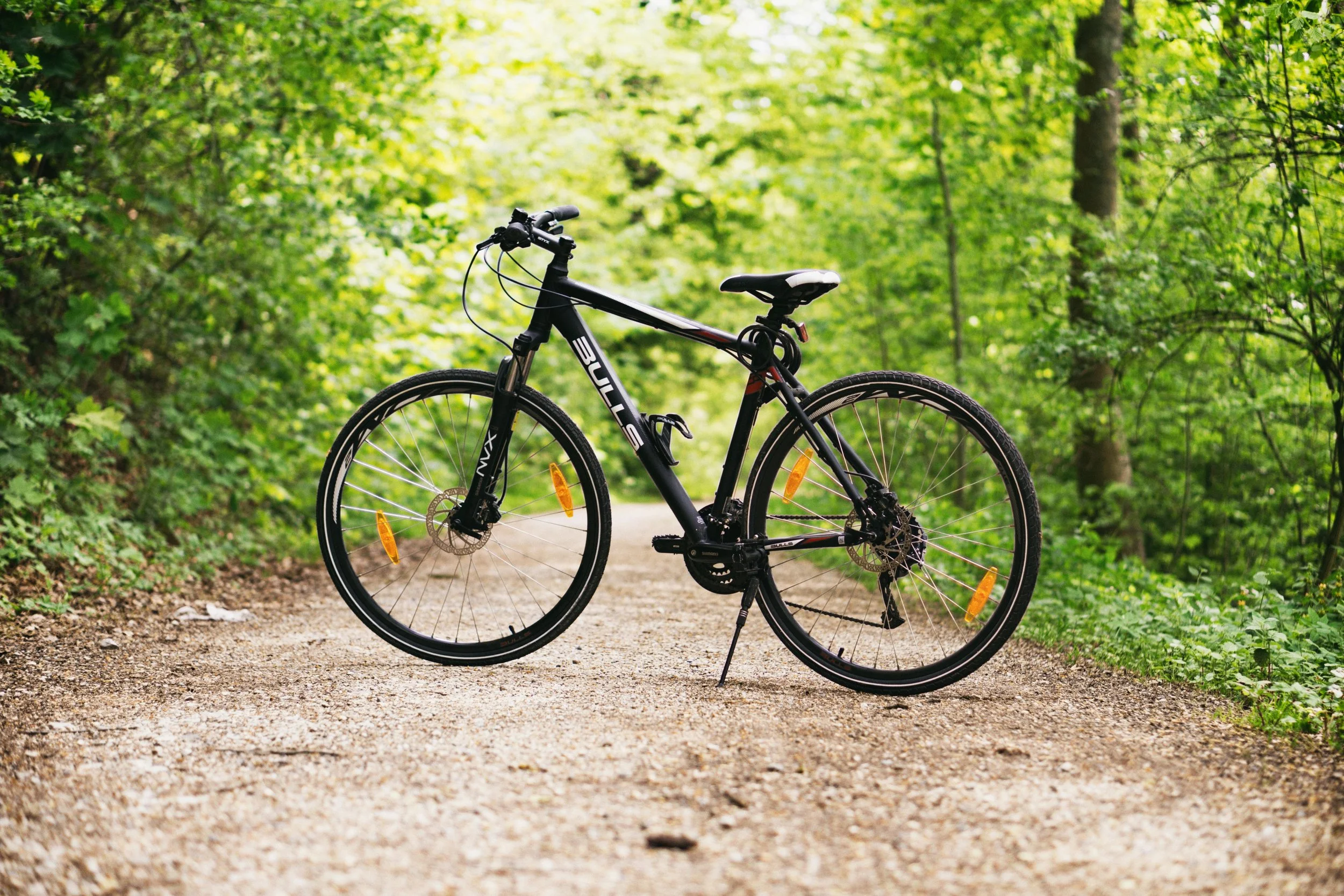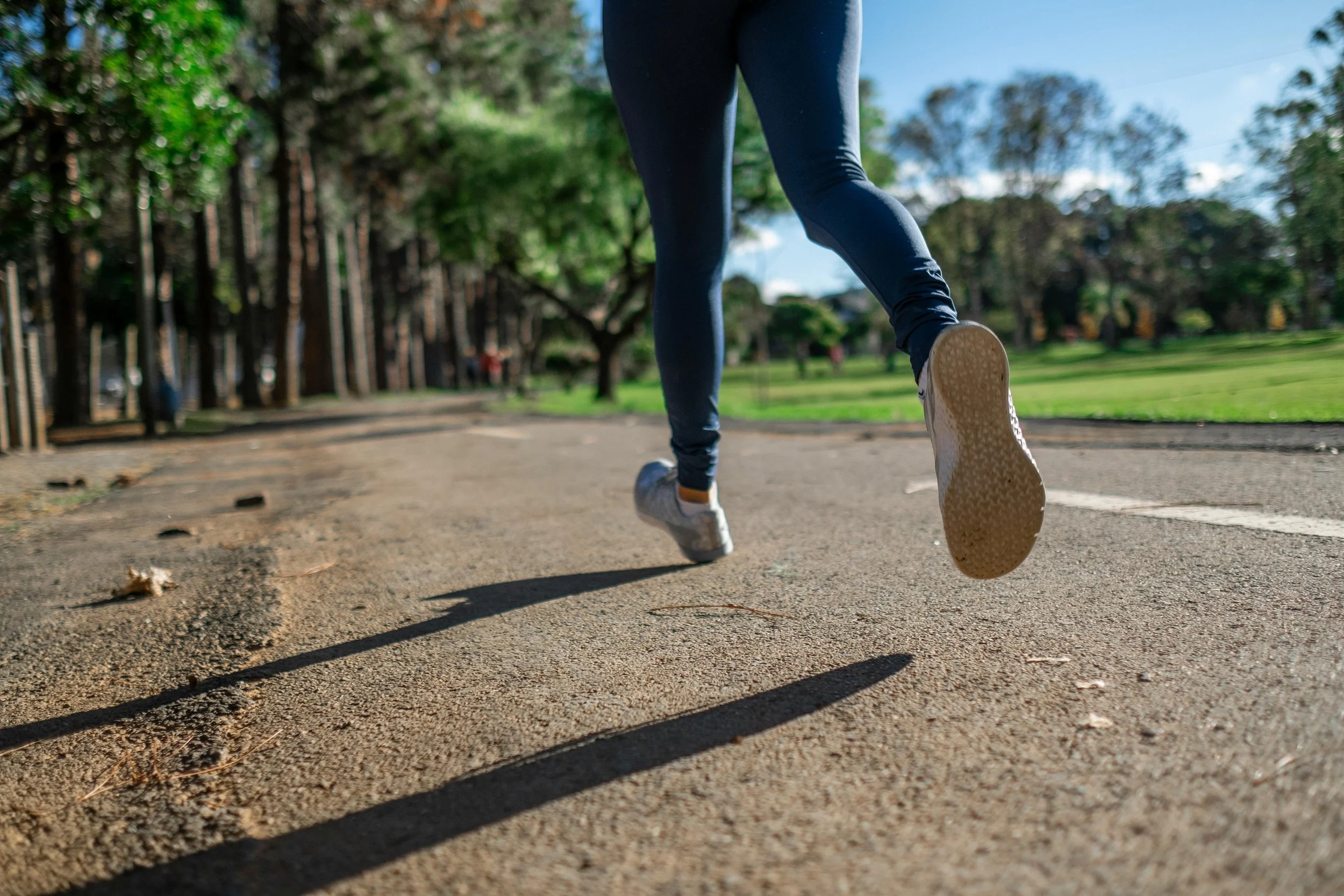Understanding the Relationship Between Sports and the Environment
Did you know that October 6th is Green Sports Day? It is an annual day of recognition and celebration surrounding the intersection of sports and their effects on the environment. To help this holiday serve as a catalyst for the other 364 days of the year, here’s an introduction to environmental sustainability through the lens of sport!
The Connection between Sports and the Environment
It is no surprise that sports are heavily impacted by local weather, air quality, and other environmental factors. Conversely, sports at all levels can even have a direct impact on our ecosystems. Therefore, sport stakeholders, from recreational players to the heads of international governing bodies, have a responsibility to evaluate their direct and indirect environmental contributions and consider the platform of sport as a microcosm for society at large.
The effects of climate change are felt worldwide, ranging from increased temperatures, stronger and more frequent extreme weather events like hurricanes, blizzards, droughts and floods, and decreased air and water quality. These overarching effects are not only devastating on a human level but can also lead to dangerous playing conditions and decreased sport participation.
For example, professional soccer player Jodie Taylor commented on the air pollution from wildfires she noticed in Seattle.
“It was crazy conditions to be playing in. You’re driving to the game and you can barely see. The government put out messages for everyone to stay home and not exercise outside, and there’s us driving to matches.”¹
Across the ocean, events of the Paris Olympics even experienced delays due to heavy rains and the health impacts of the River Seine’s water quality. Professional triathlete Pragnya Mohan stated that,
“In the future, if climate change is not addressed and is not thoughtfully handled, triathlons can cease to exist.”²
Sports are not just a victim of climate change, though; they are also an enormous contributor. Consider the resources tied to sports-specific transportation, building construction, merchandise production, and water consumption.
A 2018 estimate put the sport industry’s annual carbon emissions at almost 400 million metric tons, the equivalent of 84 million passenger vehicles and more than some entire nations.³⁻⁵ By engaging directly with this challenge, individuals and organizations alike have an opportunity to both lower their own environmental footprint and advocate for others to do the same.
Intersectionality of Climate Change and Women’s Sports
Environmental justice is the concept that climate impacts are disproportionately felt by those already facing the largest societal barriers, and that deliberate attention must be paid to these communities to address this. Here is some background about environmental justice efforts happening in Northeast Ohio.
Therefore, there is a larger disparity for women who are underserved in society as a whole and in the sports realm. An analysis of over 130 studies found that,
“Women are more likely than men to suffer health impacts associated with climate change, and more likely to suffer death or injury from extreme weather events…The impacts on women include pregnancy complications that harm the mother and fetus, sexual violence, and prolonged exposure to pollution and extreme heat.”⁶
In the sports context, when resources such as funding, facilities, and equipment become scarce, decision-makers have historically prioritized support for professional men’s programs. And as some locations become incompatible with athletics due to the environmental crisis, sports participants will be forced to travel further distances to accommodate training and competitions.¹
“It drives a bigger socioeconomic wedge between the haves and the have-nots, which then becomes a justice issue,” explained Jessica Murfree, assistant professor of sport administration at the University of North Carolina.¹
Why It Matters
In addition to acting in the best interest of the natural environment around us, there are numerous other reasons why environmental justice is so important.
No demographic is unaffected by climate change, but the largest impacts are suffered by those already facing the greatest barriers in society—women, people of color, and those with lower socioeconomic standing.⁶⁻¹⁰ Therefore, climate change is a human rights issue, as the challenges associated with extreme weather, air and water quality, disease, and access to food are exacerbated by the uneven distribution of impact and resources.
Economically, climate change and weather disasters have become increasingly devastating in each decade since the 1980s, leading to greater financial strain.¹³⁻¹⁴ However, studies consistently demonstrate that companies focused on environmental and social factors typically have a healthier triple bottom line, since they tend to adopt more responsible and sustainable practices that lead to longer-term stability and growth.¹⁵
With these environmental, financial and gender-based challenges, women’s sports access is at risk, from the grassroots level up to professional leagues. Play Gap is a nonprofit that exists to minimize the barriers that keep adult women from participating in sports. Unfortunately, climate change makes that job even more difficult by restraining already limited and fragmented athletic resources.
Action Items
So what can we do today to make a difference? Here are some strategies you can employ to help the environmental crisis and its impact on your community and local sports.
Talk about it
Normalize discussions at home, at work, and with friends about sustainability. Brainstorm ways that you can make a change, such as by minimizing single-use plastic or composting food waste.
Ask questions to the organizations you’re involved in
What would it look like to start a sustainability employee resource group at your workplace? What options does your municipality have for recycling and composting? Can your sports league implement water dispensers to reduce reliance on individual plastic water bottles? And for those further along in their sustainability journey, how might your organization go about calculating and reducing its carbon footprint, if it isn’t already?
Make progress where you can
Figure out where you can have the greatest influence across your various roles and do what you can to make positive change. This could range from reducing your water use, minimizing waste going to the landfill, leaning into repurposing and upcycling, or something else entirely.
Check out the Green Sports Alliance
View the Green Sports Alliance's 2025 toolkit to spread the word about Green Sports Day on October 6th. And while you’re at it, mark your calendar for May 5-7, 2026 when the annual Green Sports Alliance Summit will take place in Cleveland, Ohio!
Work with Play Gap
We’re here as a resource for whatever challenge an individual or existing team, league or organization in sport is facing. If you’d like to brainstorm ways to reduce your environmental impact in the context of sport, let’s talk!
Conclusion
While I enthusiastically invite you to join me in celebrating Green Sports Day today, I don’t want to pretend to have all the answers. So if any of this has struck a chord with you, I strongly recommend taking the time outside of today to check out the work of industry experts like Lew Blaustein, Kristin Hanczor, Jessica Murphree, Madeleine Orr, Robin Parmelin, Claire Poole, Brittany Saulsbury, and Cleveland’s own Daniella Doza and Aileen McManamon.
As mentioned above, aim for progress, not perfection. How we experience the effects of climate change resembles a spectrum much more than it does a binary; there is no single, magic switch that can be flipped. Instead, actions today—big and small—can help delay or negate negative consequences that our future selves and loved ones will face.
The effects of climate change are already here and will continue for some time even if all emission sources worldwide were somehow instantly eliminated. However, investing in sustainability with our time, effort, ideas, and resources is how we fight back and protect the sports we love, the places we play them, and the people we play them with, now and in the future.
CITATIONS
1 Report: Women Football Players Reveal Concern About Climate Change
2 Athletes see climate change as threatening their sports and their health. Some are speaking up
3 What is the Carbon Footprint of Sport?
4 Greenhouse Gas Emissions from a Typical Passenger Vehicle
6 Climate change hurts women more
7 How gender inequality and climate change are interconnected
8 Climate change impacts women more. We must legislate to protect their health
9 Why Environmental Justice Is a Feminist Issue
10 Race Best Predicts Whether You Live Near Pollution
11 What the data says about Americans’ views of climate change
12 Yale Climate Opinion Maps 2024
13 The Impact of Climate Change on American Household Finances
14 Billion-Dollar Weather and Climate Disasters
15 The Business Case for Sustainable Investing: How It Benefits Both You and the Planet




